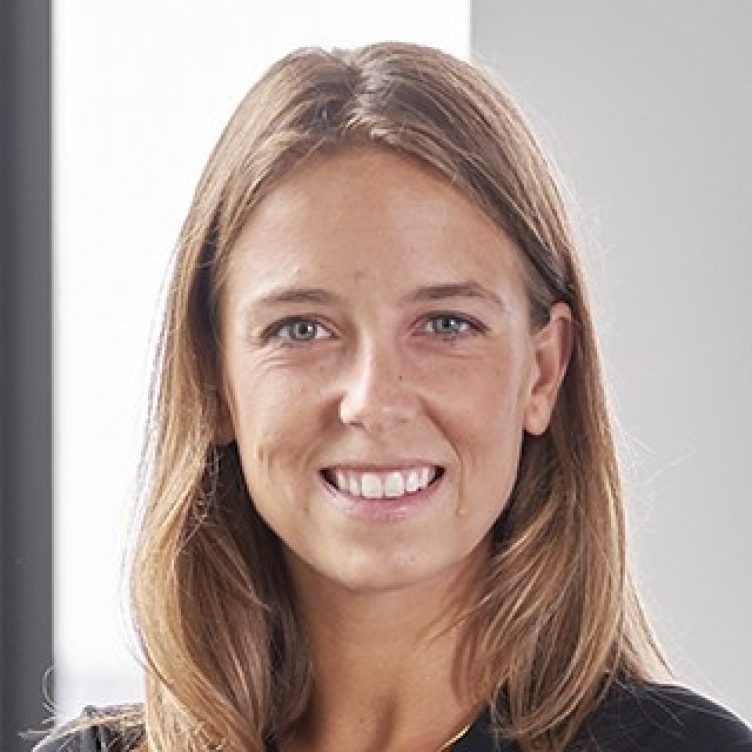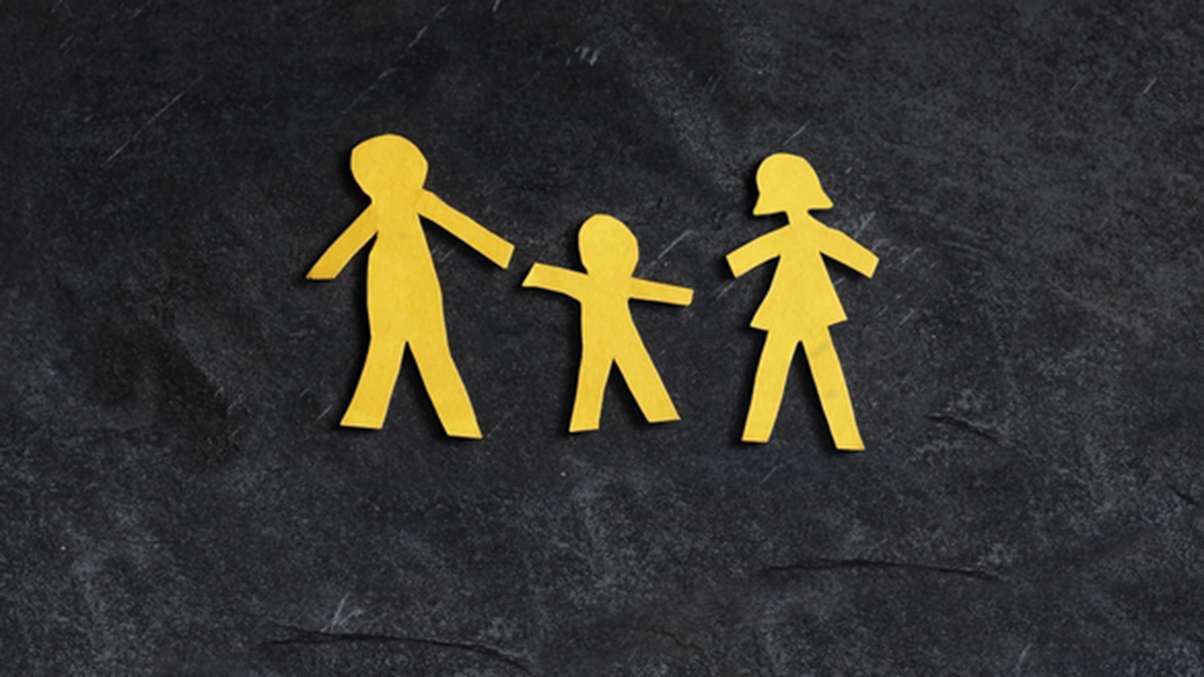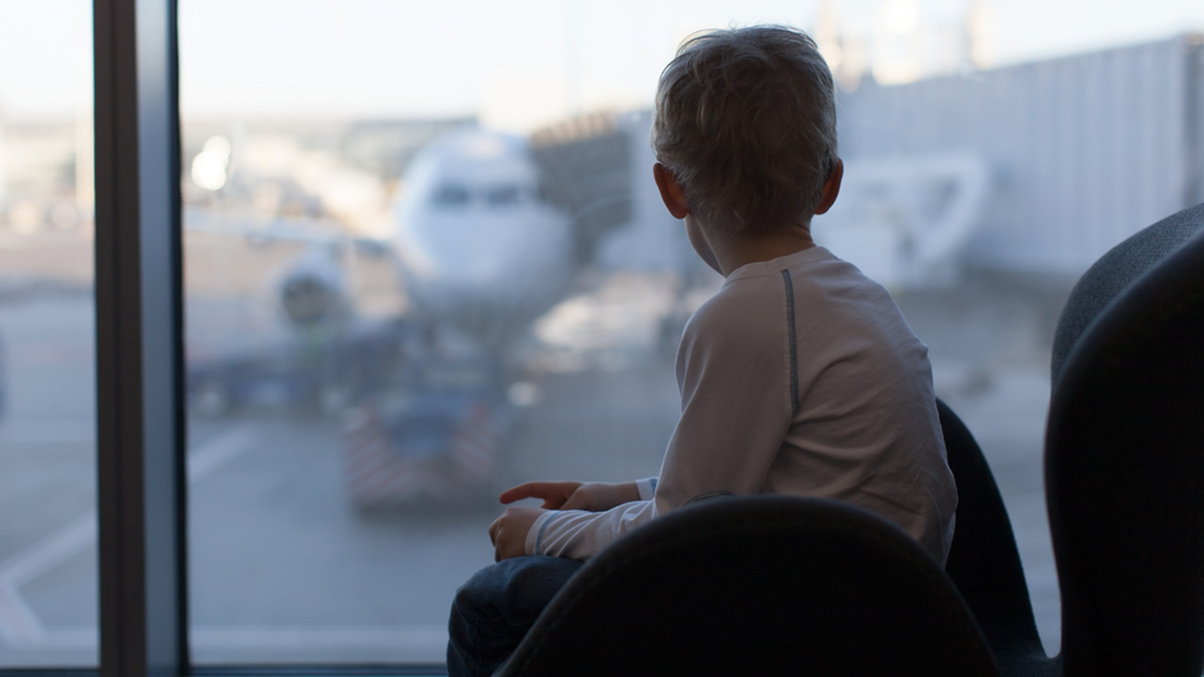The Court of Appeal has determined that a daughter must live with her father to distance her from a cult with which her mother was involved. In this article, Associate Lucy Swinton in our Divorce and Family team examines the case of Re S (Parental Alienation: Cult: Transfer of Primary Care) [2020] EWHC 1940 (Fam) where further evidence that the Family Court is increasingly willing to make orders that seek to reverse instances of parental alienation.
Background
This case concerns a parent’s application to transfer a child’s primary care to the applicant father (“F”). At the time of F’s application, the respondent mother (“M”) was strongly affiliated with Universal Medicine (“UM”), a divisive cult that the Supreme Court of New South Wales has branded “socially harmful” and “dangerous”.
The cult is led by an Australian former tennis coach, Serge Benhayon, who, despite having no recognised medical qualifications, practises controversial spiritual healing techniques such as the “esoteric breast massage”. F’s case was that M’s affiliation with UM meant the child was indoctrinated with an unhealthy belief system which did not promote paternal roles (indeed, the child was told that the cult leader was “love” and that F was not). This, F argued, was a source of significant harm to the child and led to the near-complete destruction of F’s relationship with her.
At first instance, His Honour Judge Meston QC refused to order the transfer of care from M to F concluding that the issue could be resolved by M giving undertakings to dissociate herself from UM and its belief system.
On appeal, the court concluded that the child must be distanced entirely from UM. In his judgment, Lord Justice Peter Jackson held that “shared care can only therefore continue if the mother makes an immediate and definitive break with the organisation”. The case was remitted to the Family Division to give M one final chance “to, with a full-heart, see that she needs to take immediate and unmistakeable steps if she is to continue to play a central part in the child’s upbringing”.
The parties’ positions at the remitted hearing
The scope of the remittance was not to challenge the facts, which were established by the judge at first instance. That M’s association with UM was harmful to the child and that this association led to the alienation of the child from her father, was not in dispute. However, the Court of Appeal did not agree with His Honour Judge Meston QC’s conclusion that the risk of the child suffering further harm could be sufficiently mitigated by M’s assurances that she would distance herself from the cult.
The remitted hearing was to assess the ongoing risk that M’s UM beliefs posed to the child. The questions the court had to consider were whether, since the appeal hearing, M had immediately and unmistakeably dissociated herself from the cult, and whether the alienation of F had begun to be reversed, thus reducing the risk of future harm to the child.
F’s case was that while M had taken some steps to distance herself from fellow UM followers, M’s principles remained entrenched in UM philosophy, and her subsequent parenting style further alienated F from the child. F argued that transferring the child’s residence from M to F was the only solution. He acknowledged that the child would inevitably suffer distress as a result of the move, but submitted that this short-term harm would be more than balanced by the medium to long-term benefits of the change.
M submitted that she had sufficiently disengaged from UM philosophy. She relied on the evidence of Mr Sydney, a psychotherapist she instructed, whose report suggested that M had made a significant dissociation from the cult. She argued that the independent social worker’s recommendation in favour of a change of residence lacked credibility as the child had not seen the independent social worker for months. M also claimed that the manner in which she was cross-examined about her UM beliefs amounted to bullying. She invited the court to conclude that the situation was improving, and that the child’s welfare would be best promoted if she remained in M’s care, with ongoing therapeutic support from Mr Sydney.
The judgment
Having heard M’s evidence, Mr Justice Williams agreed with the independent social worker’s conclusion that M and the child were entirely intertwined, such that it was difficult to discern where M started and the child began. The judge found that M had not sufficiently disengaged from the beliefs and practices of UM. When asked about the first instance hearing, M did not acknowledge previous findings of harm having been caused to the child which, the judge concluded, demonstrated that M was yet to make the necessary “psychological break” from the cult. In his evidence, the psychologist challenged this view, claiming that M recognised the unhealthy and harmful nature of UM. However, after M’s oral evidence did not tally with this assessment, Mr Justice Williams concluded that Mr Sydney’s report lacked credibility and impact.
The judge concluded that M’s attitude and beliefs remained rooted in UM philosophy and that her only incentive to leave the cult was to retain primary care for the child. The judge found that M had no genuine desire to dissociate from UM and her attempts to do so were superficial. M’s “skin-deep… rather than full-hearted” dissociation meant that if the child were to remain living with M, her relationship with F would soon be extinguished in its entirety.
The judge acknowledged that a transfer of residence would undoubtedly cause the child “short-term harm and distress”. However, this was outweighed by the benefits of re-building a “previously positive father-daughter construction which crumbled as a result of exposure to the elements of Universal Medicine”.
To this end, the judge ruled that the child will live with F and will spend such time with M in the future as F may agree (in conjunction with the independent social worker). In the meantime, the child is to have no direct or indirect contact with M for the extended summer break.
The judge explained that this temporary, but complete, removal of M from the child’s life was to ensure that the child took the “emotional leap to acceptance that her home is to be with her father for the future”. The judge envisaged that some form of supervised time with M could be introduced upon the child returning to school in September. However, the judge made clear that contact should only be facilitated if, in conjunction with the independent social worker, F believed that the benefits of such contact would outweigh the potential harm of “re-opening the wound of separation”.
Lessons to be learned
This case concerned an alienated parent who, at one stage, had a positive relationship with the child, such that the relationship needed only be restored rather than built from scratch. Presumably, the court wouldn’t have ordered the move in circumstances where the child had never had a relationship with the alienated parent, even if that alienation was caused by the primary carer.
That said, the direction of travel is clear. Parental alienation is gaining traction in the Family Court. Indeed, in October last year, the court made a similar order in (Re H (parental alienation) PA v TT and H [2019] EWHC 2723 (Fam)). In that case, the child’s residence was transferred to the father on the basis that the mother was unable to recognise the harm she caused to the child by obstructing his relationship with his paternal family (including the father).
Partner Toby Atkinson says of the judgment:
“This case demonstrates that the court is willing to provide the primary carer with a chance to restore the relationship between the child and the other parent. However, unless the opportunity is harnessed in such a way that genuinely reverses the alienation, the court will take all steps necessary to promote the child’s continuing relationship with the other parent, even if that means changing the child’s residence and ordering the cessation of any contact between the child and the original primary carer.”
To learn more about Arrangements for children, click here.
You can find further information regarding our expertise, experience and team on our Divorce and Family pages.
If you require assistance from our team, please contact us or alternatively request a call back from one of our lawyers by submitting this form.
Subscribe – In order to receive our news straight to your inbox, subscribe here. Our newsletters are sent no more than once a month.






